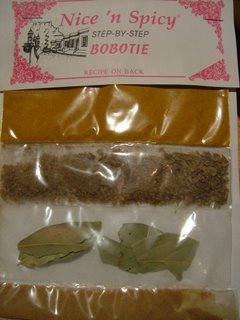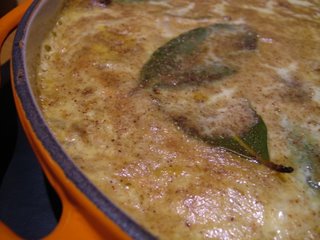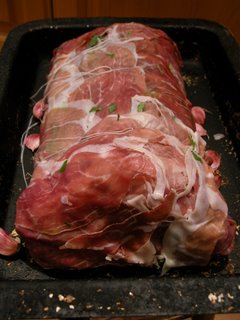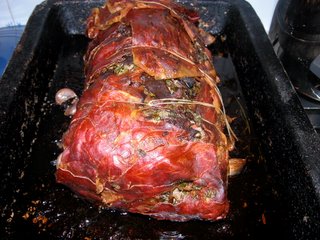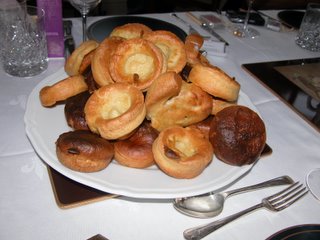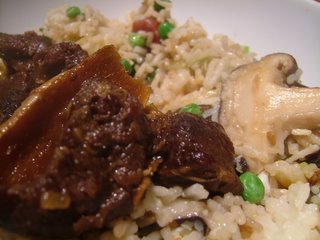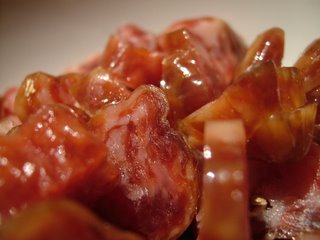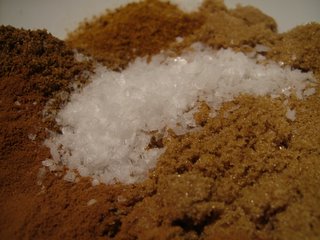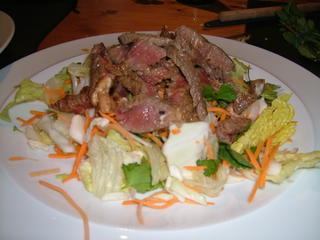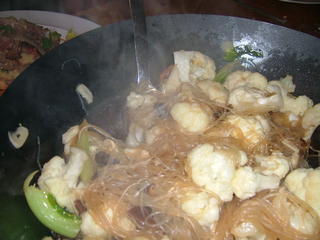The rain stopped for a whole hour today, long enough for me to wheel out the barbecue and do a quick dance of appeasement to the cloud gods.
I love a good beefburger. Sadly, a good beefburger is a thing seldom found in burger restaurants, which usually fob you off with a pallid and distressingly regular disc of frozen and reheated, mechanically recovered goo. There, are, however, exceptions. Americans with a branch of Fatburger nearby should put down the computer now and run out of the door, pausing only to gather enough pocket change to purchase a burger and some onion rings. The Fatburger is a sweet and juicy beast, made fresh out of minced steak on a toasted bun. I understand that In ‘n’ Out is pretty good too; unfortunately, the In ‘n’ Out and Fatburger franchises haven’t spread much outside California. California is about 6000 miles away. I’m going to have to make my own.
Remarkably (especially given that we’re cooking burgers here), this is a very low-fat recipe. Such things are not the norm on this blog. Take the opportunity to cook in a relatively fat-free fashion in both hands, because it doesn’t come along all that often round here.
For burgers for four, you’ll need:
1 kg lean minced steak
1 red pepper
1 large onion
1 egg
8 sun-dried tomatoes
3 tablespoons ketchup
1 handful parsley
1 handful marjoram
5 cloves garlic
Salt and pepper to taste
Hopelessly easy method, this; just throw everything except the steak mince into the food processor and whizz until chopped. You are aiming to chop here, not to reduce everything to a ketchup-coloured slurry, so exercise restraint with the whizz button.
Add the chopped mixture to the steak mince in a bowl, and use your hands to bring it all together. Then form patties. I find I can get about ten good-size burgers out of this amount; you may prefer smaller or larger burgers.
Barbecue over hot charcoal until cooked through. (Today, a drizzly day when my charcoal just refused to give off much heat, this took about ten minutes on each side. Under ideal conditions, it should take about four per side; check your burger regularly.) If it’s not barbecuing weather, these burgers are excellent put under a hot grill.
I don’t serve these with a fluffy and pasty burger bun, but with robust slices of ciabatta and a dressed salad with pine nuts.
 I leave you with a photograph I took at Fatburger in Heavenly, on the border between California and Nevada, back in February. A little less handsome than my burgers, but fantastically tasty. I need to get back to America soon.
I leave you with a photograph I took at Fatburger in Heavenly, on the border between California and Nevada, back in February. A little less handsome than my burgers, but fantastically tasty. I need to get back to America soon.

